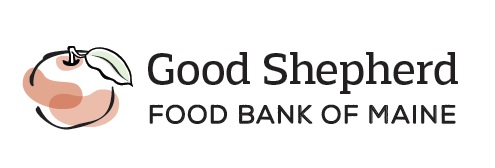Chances are you have met a member. You have maybe even asked them to log your praise or complaint and get their message delivered to caring ears. So, I wanted to take a minute and tell you a little bit about what we do and who we are.
First, the Council is comprised of members who represent food closets, food kitchens and other services from all over the state of Maine and some Good Shepherd staff. We are often visited by various Good Shepherd staff members who would like our input on special projects. Good Shepherd formed the Network Advisory Council for getting local representational feedback and to have the opportunity to learn more about each area in our big state.
Everyone on the council does care about the issues each and every charity faces on a day to day basis. However, instead of reporting an incident we heard or experienced, we concentrate our time on how all our issues can be resolved together and how all our dreams to end hunger in our area can come true.
It takes the gathering of a ton of data to come up with the big picture and to find a way to resolve the services issues we all face. This data is what is used to develop new programs and services offered by Good Shepherd such as their cooking classes and food safety training.
What amazes me is the amount of work that goes on behind the scenes for Good Shepherd to be as efficient as they are! When our council hears of a new project, it is because they are taking the time to hear all the ideas and questions to be answered before presenting them to the rest of their partners. In the long run, this gets goals met faster and creates a better product.
The other advantage to the Network Advisory Council is as a conduit. We are a small representation of the many of our area but still come to the table with local knowledge. We can hear what is needed from our area to fill in the gaps in localized data. We can share our experiences with others from across the state. And that is the greatest reward, all the sharing of ideas and resources! We find we all have a lot in common and working together sharing our gained knowledge improves all our services. We are able to bring back all this information to our area meetings about what is happening state wide and report on issues that are being addressed.
I hope you continue to read our articles and see what we do when we meet.
Leiza Hiltz Scerbo, Executive Director of Care And Share Food Closet, Inc./ Farmington and
Good Shepherd Network Advisory Council member





